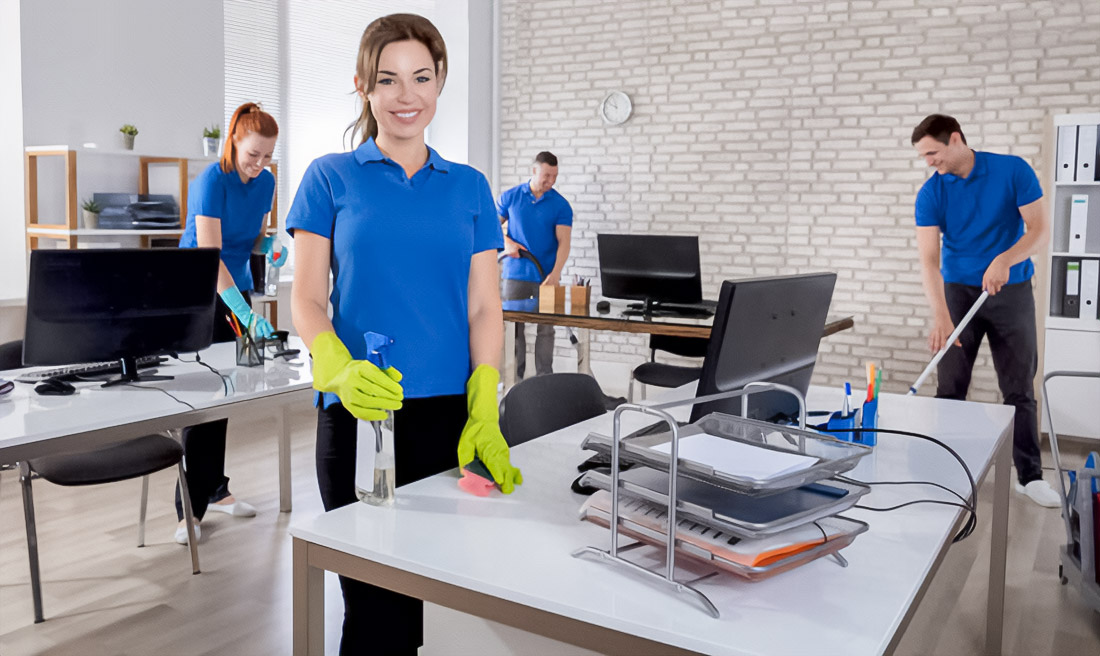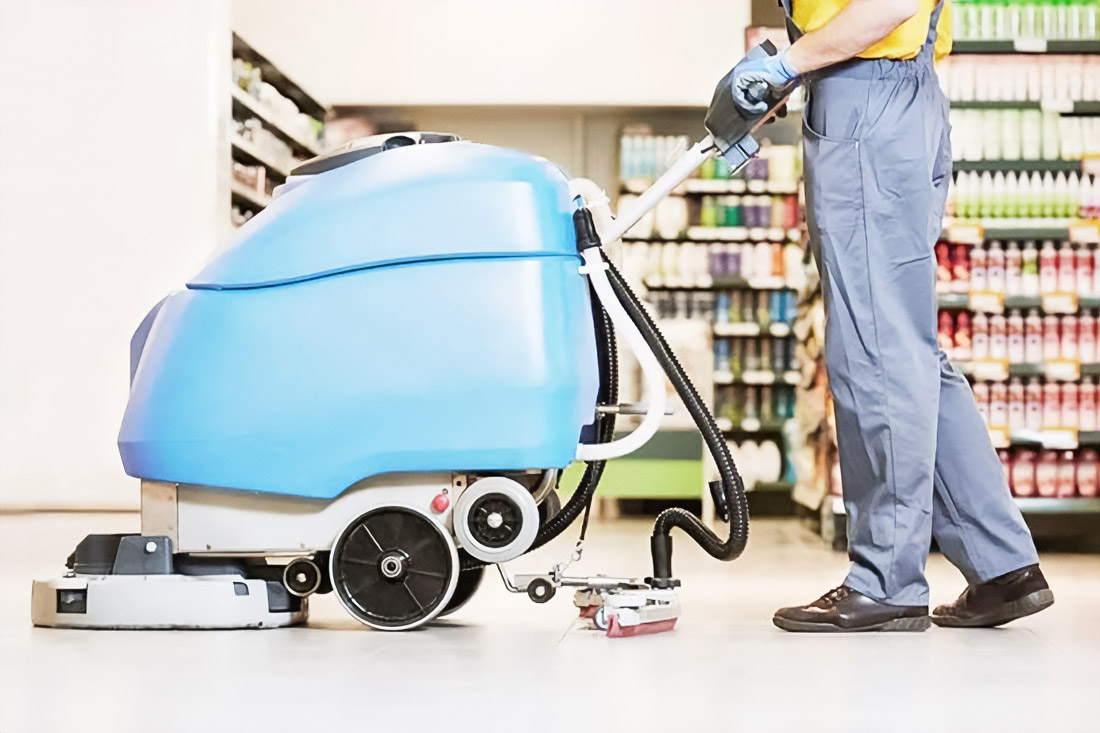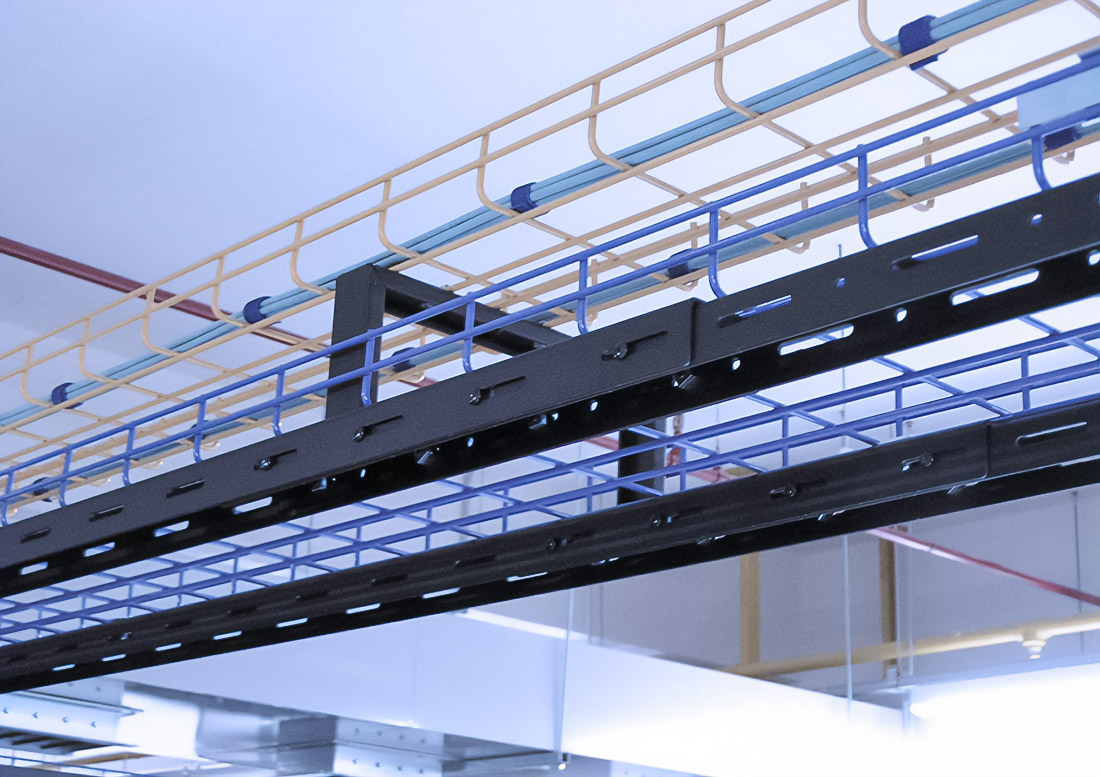
We used to think about air pollution, imagining gray smog over the metropolis, noisy highways and smoke from factory chimneys. It seems that everything is safer indoors. But the reality is different: research shows that the air employees breathe in the UK is, on average, 63 times dirtier than in public places. In some cases, the indicators are even more striking: indoor air turned out to be 78 times worse than at a railway station, and 92 times worse than at a bus station. This is not a metaphor, it’s a dry statistic that directly concerns everyone who spends their days at an office desk or on the production floor.
Pollutants That Are Not Visible

The main culprits of this crisis are PM2.5 and VOCs. PM2.5 are tiny particles up to 2.5 micrometers in size. They do not just settle in the lungs, but are able to enter the bloodstream, provoking chronic diseases. The World Health Organization has recognized such particles as carcinogenic.
VOCs are volatile organic compounds that evaporate at normal temperatures. Their sources are hidden in everyday things: paints, adhesives, furniture, finishing materials, and especially in cleaning products. Dangerous compounds include formaldehyde, benzene, toluene, acetone, and xylene.
Office furniture, carpets, appliances like printers and copiers all this constantly highlights volatile organic compounds. Add dust, mold, and poor ventilation to this, and we get the classic sick building syndrome: headaches, irritation of mucous membranes, chronic fatigue, and a sharp decrease in cognitive function.
Impact On The Economy

This problem has long gone beyond medicine. It has become a factor undermining the economy and productivity. In the UK alone, bad air leads to 3.9 million sick days annually. Moreover, 36 thousand premature deaths are recorded per year related to polluted air. Direct economic losses are estimated at £900 million annually.
Added to this is a decrease in concentration, an increase in errors, an increase in absenteeism and even presenteeism when a person is physically in the workplace, but his efficiency tends to zero. Scientists have found that an increase in the concentration of VOC by 500 µg/m3 reduces cognitive performance by 13%. And this is already a direct threat to the quality of decisions made and the overall level of productivity.
Regulatory Gaps

Regulatory standards are not up to the challenge. COSHH has been operating in the UK for over 30 years and clearly does not correspond to current data. They lag behind the standards proposed by WHO. As a result, even a conscientious employer who formally complies with the law still puts his employees in danger.
Impact On Body And Mind
Exposure to PM2.5 and VOCs is not just about coughing and a runny nose. These are long-term consequences: heart disease, dementia, cancer. High levels of CO2 with poor ventilation lead to drowsiness and headaches. The level of cognitive function is falling, and with it the quality of work.
Do not forget about the noise. Office noise increases stress, and chronic stress kills motivation. In 2020, 61% of employees reported burnout, and in 2021, 39% admitted to complete exhaustion. Air pollution and noise are two factors that together form an invisible but powerful barrier to productivity.
Practical Measures
There are specific steps that can be taken:
- Use eco-friendly cleaning products and low-VOC products
- Ensure proper operation of HVAC systems from filter replacement to regular duct cleaning
- Implement HEPA filters, activated carbon, UV-C treatment, electrostatic filters
- Install air purifiers in offices and industrial premises
- Use LEED and WELL standards for air quality control
Social Gap
The most worrying thing is the difference in working conditions. Office workers and workers of the same company breathe completely different air. In the industrial area, the pollution was 34 times higher than in the office of the same company. This injustice raises not only medical and economic issues, but also moral ones. For many employees, the only visible changes to workplace hygiene come from routine visits by a professional office cleaning company, yet the invisible hazards in the air remain far more dangerous than dust on a desk.
Indoor air quality is not an abstract concept, but a key factor in health, mental health and productivity. Every particle of PM2.5, every emission of VOCs, every extra decibel of office noise is something more than an inconvenience. These are millions of lost working hours, hundreds of millions of losses and tens of thousands of human lives.
Investments in clean air return handsomely: fewer sick days, higher concentration, more engagement. The price of inaction is too high. And right now, businesses should recognize that an invisible enemy is not an abstraction, but a daily threat that must be defeated.

Skier, ramen eater, audiophile, reclaimed wood collector and RISD grad. Working at the fulcrum of minimalism and computer science to craft meaningful ideas that endure. Let’s make every day A RAZZLE-DAZZLE MUSICAL.


